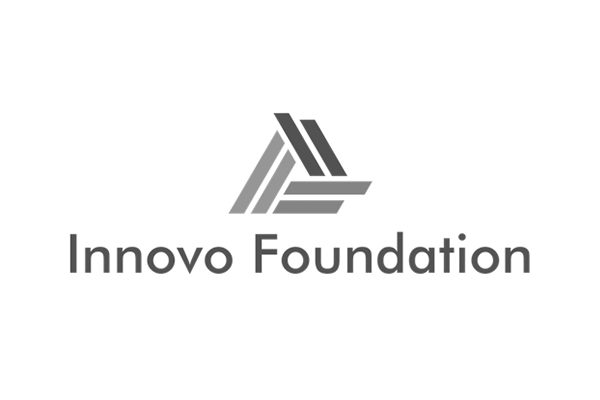It’s no secret that over the last two decades, Colorado has been facing a severe drought. We are the eighth driest state in the U.S., with an average of only 17 inches of rain per year. To face this challenge, we need to optimize our water use, and one of the best ways to do this is to look in our own backyards!
In Colorado, an average of 40% of municipal water use is outdoor water. With so much water going towards our yards, having a sprinkler system that runs efficiently could lead to BIG water savings. Thus, the Slow the Flow program was born!
Resource Central initially ran “Slow the Flow Colorado” as a pilot program in the City of Boulder. It was modeled after the Utah State Extension program “Slow the Flow, Save H2O.” After a successful first season, the Slow the Flow program officially launched in 2004. We started with just five field staff who performed 479 evaluations for five water providers. This year, 19 field staff completed over 2,900 evaluations for 39 water providers. Holy moly- how we have grown!
One constant that has remained over the last 20 years is the main goal of the Slow the Flow program- to assess sprinkler system efficiency and provide a customized watering schedule for FREE.
What does sprinkler system efficiency mean?
When we talk about efficiency for sprinkler systems, in a nutshell, we mean making sure the water goes where we want it to go (hint: we want it to go on the grass)! Inefficiencies and water waste occur through:
 Broken parts
Broken parts- Evaporation and wind loss
- Overspray onto sidewalks, driveways, and fences
- Runoff
- Poor design
What affects sprinkler system efficiency?
Many factors can impact efficiency, including the physical parts of your sprinkler system, your yard care routines, and even your watering schedule. Specifically, efficiency can be impacted by:
- Head and nozzle type

- Water pressure
- Zone layout
- Age and condition of system
- Soil conditions
- Mowing habits
- Watering schedule
How does Slow the Flow identify efficiency issues?
During a Slow the Flow evaluation, our associates conduct a visual inspection of each irrigation zone and note any issues they find. During this time, they can make minor adjustments to correct issues such as overspray or clogged nozzles. They then test specific zones for soil type, water pressure, and the amount and evenness of water output (known as precipitation rate and distribution uniformity). From there, our associates make recommendations for sprinkler system improvements and provide a new, customized watering schedule.
How many sprinkler systems have inefficiencies?
In 2024, our Slow the Flow sprinkler evaluations showed that 99% of sprinkler systems have issues that cause water waste or uneven watering. In addition, 86% of homeowners used an inefficient watering schedule.
How much water can we save?
Resource Central conducts an impact analysis every year to calculate water savings from our Slow the Flow program. We compare outdoor water use of participants from at least one year prior to at least one year after our evaluation, and also account for changes in weather conditions. While overall water savings can vary from year to year, we have found that Slow the Flow participants save an average of 5,000 gallons per year. Over the lifetime of our program, we have saved an estimated 206.9 million gallons of water!
We’re so excited to celebrate our amazing conservation work over the past 20 years and are looking forward to accomplishing even more in the next 20! Join us by signing up now for an evaluation in 2025.











